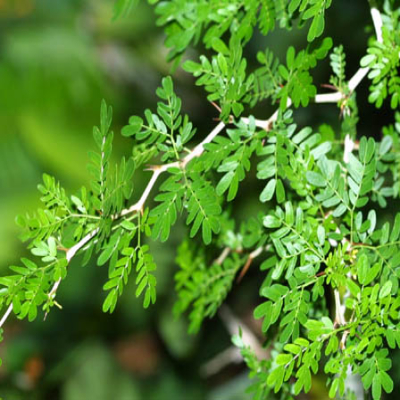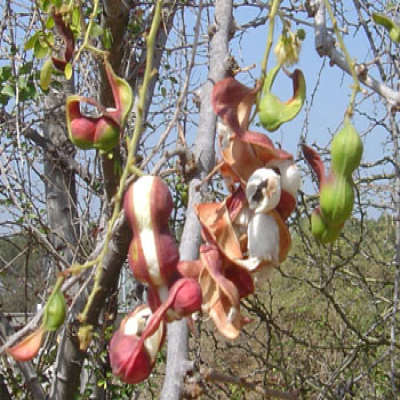Pithecellobium dulce Benth.
Family : Fabaceae
Parts Used : Bark
Vernacular Names :-
| English | : | Deccany Babool, Manilla Tamarind |
| Malayalam | : | Korukkappulimaram |
| Hindi | : | Vilaitiyimli |
| Sanskrit | : | Kodukkappuli |
| Gujarathi | : | Ekadati, Vitayatiambli |
| Kannada | : | Simahunase |
| Tamil | : | Karkapilli, Kattupilli, Kodukkappuli, Konapuli, Korukapuli |
| Telungu | : | Simachinduga, Simachinta |
Distribution and habitat: A native of tropical America; it is grown in India.
Botany: A tree 5-18 m high, the ultimate branches often pendulous, armed with short, sharp, stipular spines.
- Leaves: Evenly 2-pinnate, 4-8 cm long; pinnae a single pair, each pinna bearing a single pair of oblique, ovate-oblong, obtuse, 1-4 cm long leaflets.
- Flowers: White, in dense heads about 1 cm diameter, their peduncles solitary or fascicled in the axils of small bracts, along the slender branchlets. Pods turgid, twisted, often spiral, 10-18 cm long, about 1 cm wide, dehiscent along the lower suture, the valves red when ripe.
- Seeds: 6-8, surrounded by an edible, whitish, pulpy arillus.
Uses: The bark is a febrifuge. The decoction is given as an enema.
Propagation: Seeds.


